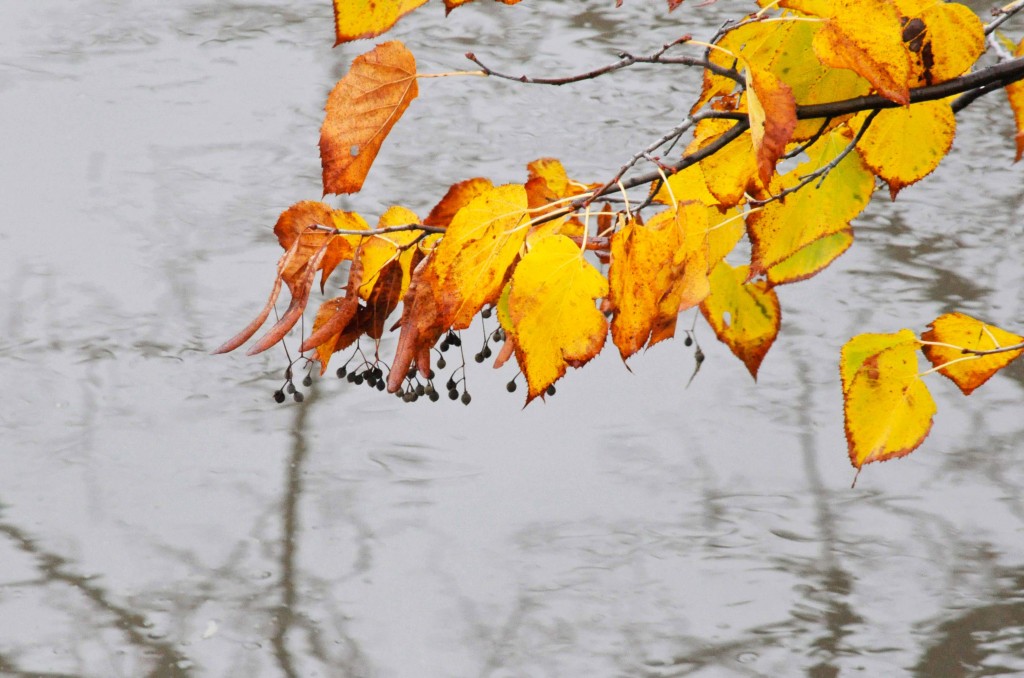E. coli counts in Little Otter Creek consistently exceed the Vermont State Standard, increasing downstream to Middlebrook Road (LOC7.8), and then decreasing slightly to Route 7 in Ferrisburgh (LOC4.3). This pattern parallels both turbidity and phosphorus concentrations, and may reflect a need for improved farm management practices.
Phosphorus concentrations are high in Little Otter Creek as well as its tributary Mud Creek, reflecting erosion and agricultural runoff. Phosphorus transported by suspended sediments from erosion and runoff, and dissolved phosphorus from farms in need of improved management, increase downstream during periods of high flow.
For years 2010 and 2011, the Little Otter Creek watershed was the subject of focused monitoring, including a flow study to evaluate nutrient and sediment loading. Water quality data were used to calculate coarse estimates of phosphorus loading on a subwatershed basis as a means of prioritizing restoration and conservation efforts within the watershed.
Regional, state and federal partners (NRCS, Ducks Unlimited, Vermont Land Trust) are making use of these data with a focus on lands that drain to the creek north of Plank Road and east of Monkton Road. Conservation easements and Wetland Reserve Program projects are being implemented where landowners are willing. UVM Extension and Vermont Agency of Agriculture are also referencing ACRWC water quality data as they work with farmers in the watershed, including Large Farm and Medium Farm Operations, to implement improved agronomic practices such as livestock exclusion, cover cropping, increased buffers, and incorporation of manure.



